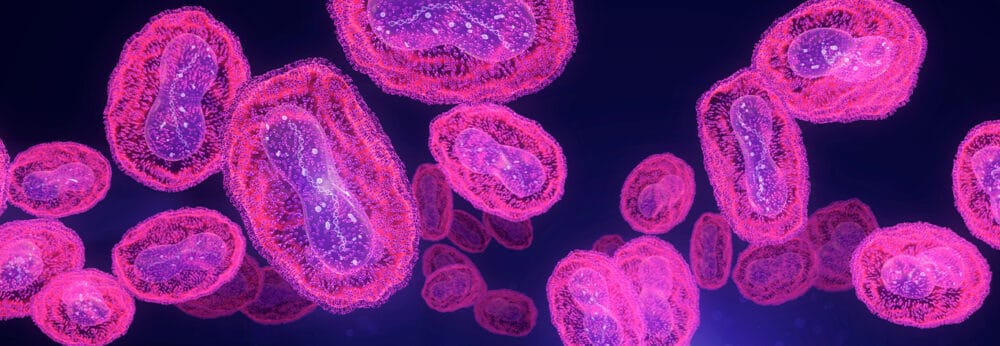Posted
28th May 2015
Research
An excellent study from the Maillard group has put a range of detergent wipes through their paces. The keys findings are that there was a surprising degree of difference in performance between the wipes. But all of them had a nasty tendency to spread contamination rather than remove it! The study team put 7 different wipes through their paces, and tested their effectiveness in removing S. aureus, A. baumannii and C. difficile from surfaces. The imaginatively-named “Wiperator” was used, a specially-designed machine for testing wipes. There was a marked difference in performance in removing the organisms from metal discs, ranging from virtually 0 to more than 4-logs, depending on the wipe and organism. A. baumannii seemed to be easiest to remove, even more so than C. difficile spores that you may have expected to be more hardy. Leaving organism-specific differences aside, there was a marked difference in performance between the 7 wipes, probably explained by their specific formulation.

The authors also evaluated onward transfer onto three surfaces following the “Wiperator” test. Some wipes were better than others: Wipe C (the Sani Cloth Detergent Wipe, PDI) seemed particularly efficient at transferring the organisms, whereas Wipe G (Clinell Detergent Wipe) performed best, transferring no A. baumannii or S. aureus. But the bottom line is that all wipes transferred at least some of one of the organisms to the next surface. It is certainly true that no matter how tight the policy is in mandating that one wipe is used for one surface, in practice, this doesn’t always happen. Wipes are “stretched” to cover more surface area than they were designed for and this is bound to spread contamination and not deal with it effectively. Thus, the authors conclusion that combination disinfectant/detergent wipes (and possibly antimicrobial surfaces) are the way forward seems sound.
SHARE THIS ARTICLE
Tags
Latest News
Celebrating 20 Years of GAMA Healthcare: Our Story
This month, GAMA Healthcare celebrates 20 years of helping prevent…
Norovirus: Understanding its transmission and prevention in the UK
Introduction Norovirus is recognised as the leading cause of viral gastroenteritis…
Clean Between to Reduce Healthcare-Associated Infections
Healthcare-associated infections (HAIs) are a significant concern for healthcare facilities…
Mpox: emergence of a new threat
A new threat related to mpox is emerging, in the…










